VS
sc
It was an early morning in March 2013 that I first heard Susan Crawford talk about her Vintage Shetland project. We were at the inaugural Edinburgh Yarn Festival catching our breaths over a morning brew before the doors opened. And then Susan started sharing her ideas and I forgot all about my cuppa. The idea was stunning: Susan was doing research into Shetland knitting, but she was not just researching a much-loved knitting tradition but she was doing so using her background in fashion history. Could a tradition such as Shetland encompass fashion history? Of course it could, Susan argued, and she wanted to write a book about Shetland knitting and fashion-as-social-history.
Over the next few years I saw Susan work hard on the book. Working in the Shetland Museum and Archives, she whittled down the pieces she wanted to write about - not only did they need to be unique and beautiful, but they also needed to contain multi-layered stories. The items had to tell stories about Shetland, about the people who live there, and about the vagaries of the Shetland knitwear industry. They also had to reflect larger trends within the early 20th century. Shetland knitting is a complex tapestry of interwoven stories, and Susan knew her selection had to be right. In the end she decided upon 25 pieces that she wanted to analyse in-depth and recreate. Some of the pieces proved to be technical headaches - I will come back to one of these - whilst others prompted Susan and her husband Gavin to launch a new yarn line simply so the garments could be reknitted in the 21st century to the right gauge and colours.
cardigan-horz
Fast forward to 2015 and Susan has now launched a crow-funding venture via Pubslush. The initial goal of £12,000 was reached within a few days, but it is heartening to see how people keep wanting to support Susan's book. Anything above the goal will be spent on extra material for the book, help Susan with the cost of hiring extra hands, and take some of the pressure of the publishing process. I have been seeing much of this process up-close and it really does carry an enormous amount of pressure and stress. And I cannot help but be so proud of Susan for imagining this whole project into being and doing so with so much care. It goes without saying that Vintage Shetland backers are richly rewarded: from yarn rewards and ebooks to exceptional experiences like taking a tour of the Shetland Textile Collections with Susan or taking a special workshop at Susan and Gavin's farm.
I have my personal favourites, of course. A stunning late 1920s/early 1930s jumper knitted in natural shades with incredible geometric stitch patterns. A hugely wearable cardigan from late 1940s/early 1950s with bands of light blue and red motifs (you can see it on the left in my little photo montage - who wouldn't want that in their wardrobe?). A fabulous 1920s tunic/crossover jumper which is just so heart-achingly on-point. And then there's this beret which is deeply intriguing.
swirlhat-horz
I saw an early sample of this hat at the Crawford farm last year. The construction is quite hard to figure out and I spent ages discussing it with Susan (before she let me have a closer look at the hat!): was it some sort of strange intarsia technique? Was it constructed sideways and worked with short rows? What was going on? It turns out the strips of colourwork were re-purposed from another project of sorts (maybe swatches that the knitter couldn't bear to leave unused or maybe surplus strips knitted to line a buttonband? Maybe strips cut from a too-large project? I will let Susan tell you the actual story!) and then re-assembled to make a beret using scraps of yarns - evident if you look at how the crown shaping works. The beret looks quite straightforward at a glance, but it is one of the most technical pieces in the book. I know it was tricky getting the various gauges right between the colourwork bands worked in one direction and the 'joining' stocking stitch worked in another direction. This is what I love about knitting - it is both so straightforward and complex.
Please do check out the other participants in the blog tour - you can find details below. There are so many ways to approach Susan's project - from vintage lovers and Shetland experts to people who just love the stories Susan will be telling (like me!). I have enjoyed reading every single entry in this blog tour. This project has really captured people's imaginations.
Please also keep up with Susan via her blog which is always a great read. I also recommend you listen to her interview with Jo of Shiny Bees - it is a fantastic interview that really showcases Susan's passion for knitting history and fashion. And do support the Vintage Shetland project if you possibly can.
Thursday 9
th
July
Saturday 12
th
July
Monday 13
th
July
Wednesday 15
th
July
Friday 17
th
July
Saturday 18
th
July
Sunday 19
th
July
Monday 20
th
July
Tuesday 21
st
July
Wednesday 22
nd
July
Friday 24
th
July
Saturday 25
th
July
Sunday 26
th
July
Monday 27
th
July
Wednesday 29
th
July
Friday 31
st
July
Sunday 2
nd
August
Monday 3
rd
August
aka
Tuesday 4
th
August
TBC
Wednesday 5
th
Aug
TBC
Thursday 6
th
August
Friday 7
th
August
All images copyright Susan Crawford and used with permission.





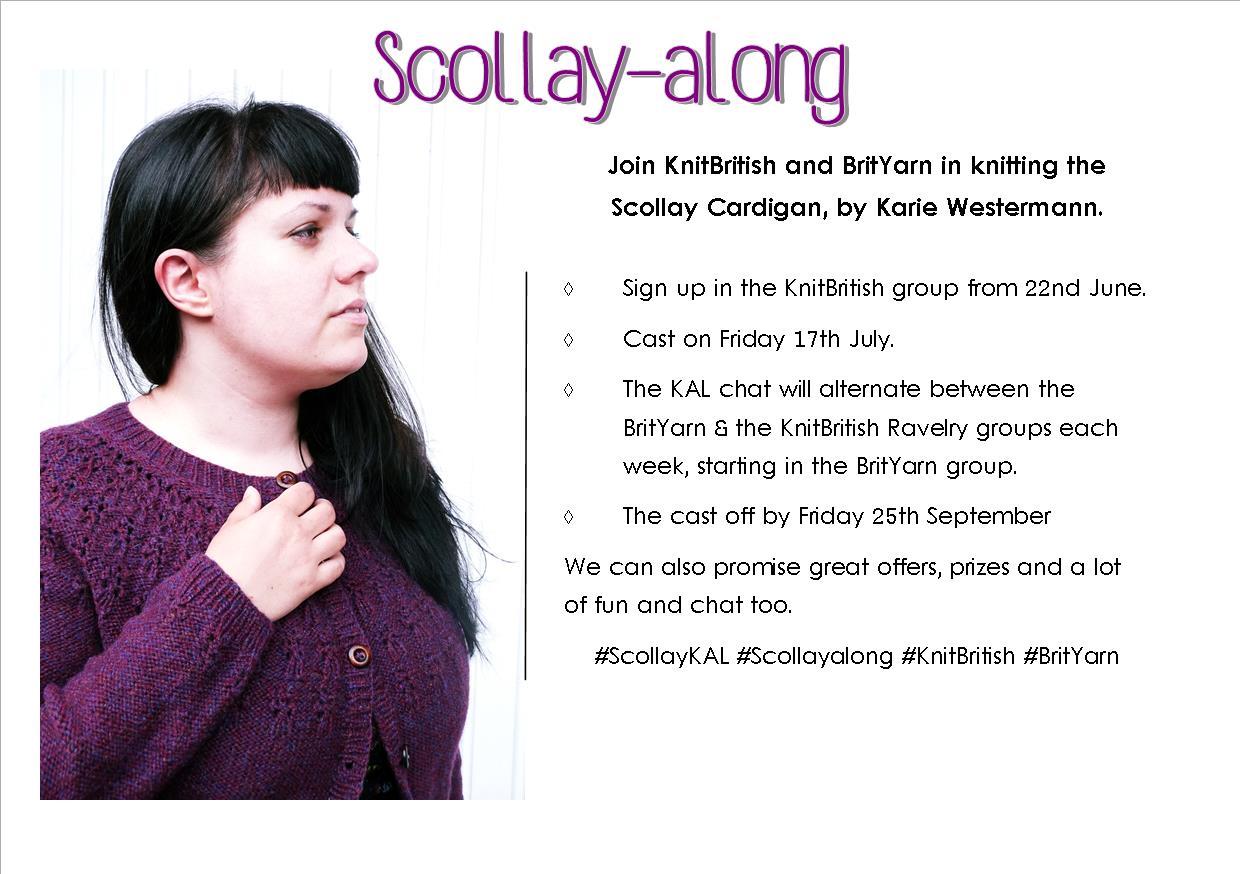 The
The 
 Late last week I made a big decision. It had been brewing in my head for some time, but I finally said the words out loud: "I am going to make a book." I have no idea how exactly this is going to happen, but I am going to make a book.
Late last week I made a big decision. It had been brewing in my head for some time, but I finally said the words out loud: "I am going to make a book." I have no idea how exactly this is going to happen, but I am going to make a book.
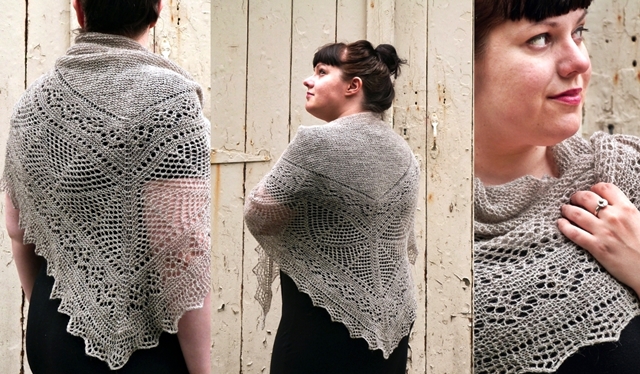 The Mahy shawl is the second instalment in the Authors & Artists series. It is a traditional hap shawl knitted in
The Mahy shawl is the second instalment in the Authors & Artists series. It is a traditional hap shawl knitted in 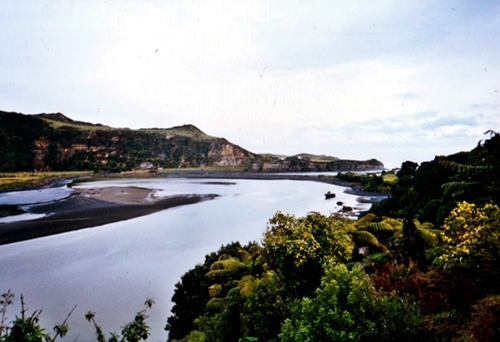
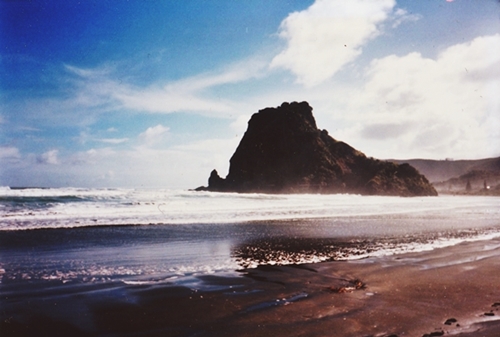
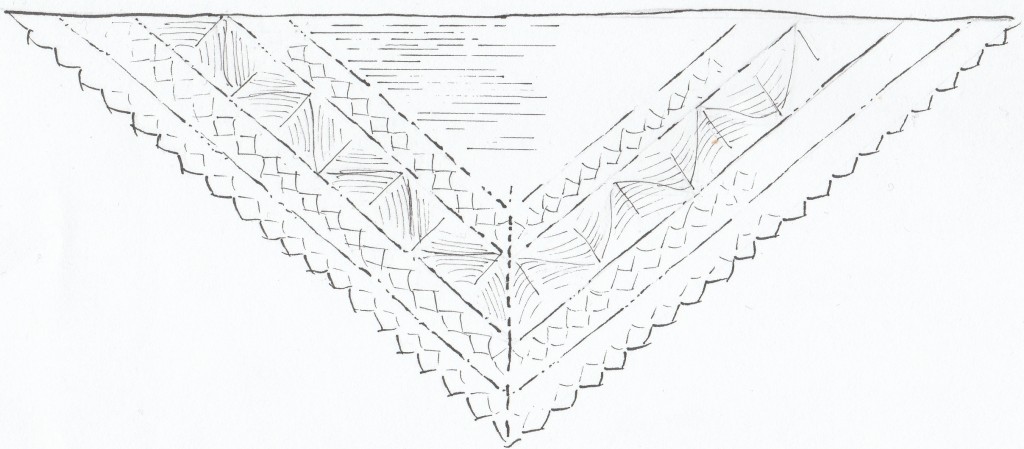
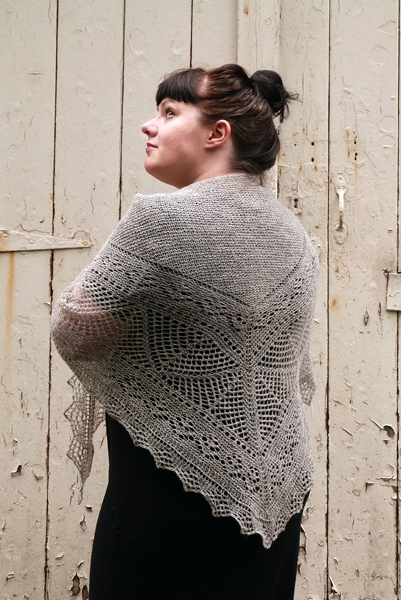 The weather gods were in our favour. We finally have proper photos of the Mahy shawl. I'll write about the inspiration behind the shawl in the next blog post, but first I wanted to talk yarn.
Mahy was knitted using roughly 770 yards of
The weather gods were in our favour. We finally have proper photos of the Mahy shawl. I'll write about the inspiration behind the shawl in the next blog post, but first I wanted to talk yarn.
Mahy was knitted using roughly 770 yards of 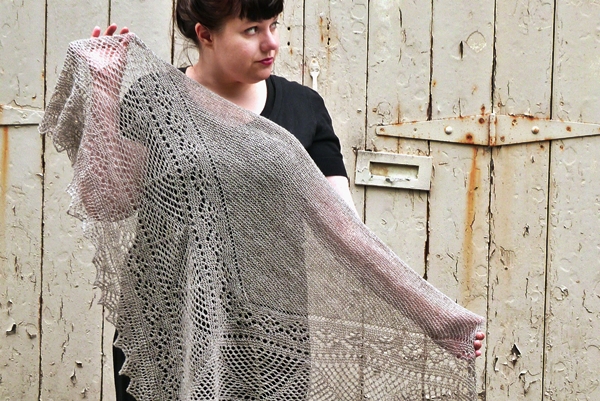
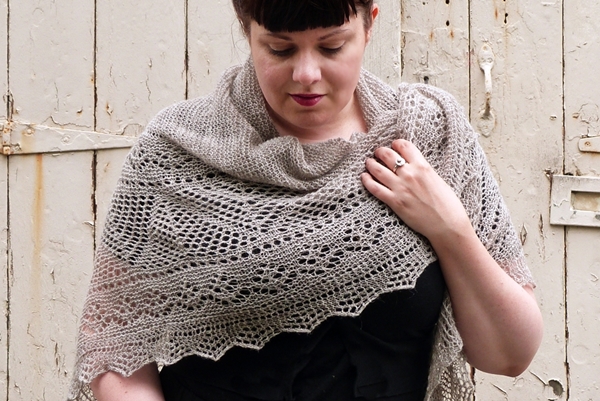
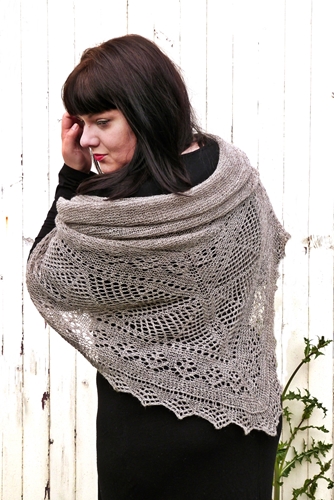 Another photo shoot beckons. I am a perfectionist and I haven't been happy with the photos we've managed to get so far. The first shoot was basically us trying out a couple of locations. Obviously the first location we tried turned out to be my favourite - isn't it always so? - but we had only shot a couple of photos. I wanted more.
So, yesterday we headed out for another shoot. I was tired and I think it showed in the images.
Another photo shoot beckons. I am a perfectionist and I haven't been happy with the photos we've managed to get so far. The first shoot was basically us trying out a couple of locations. Obviously the first location we tried turned out to be my favourite - isn't it always so? - but we had only shot a couple of photos. I wanted more.
So, yesterday we headed out for another shoot. I was tired and I think it showed in the images.